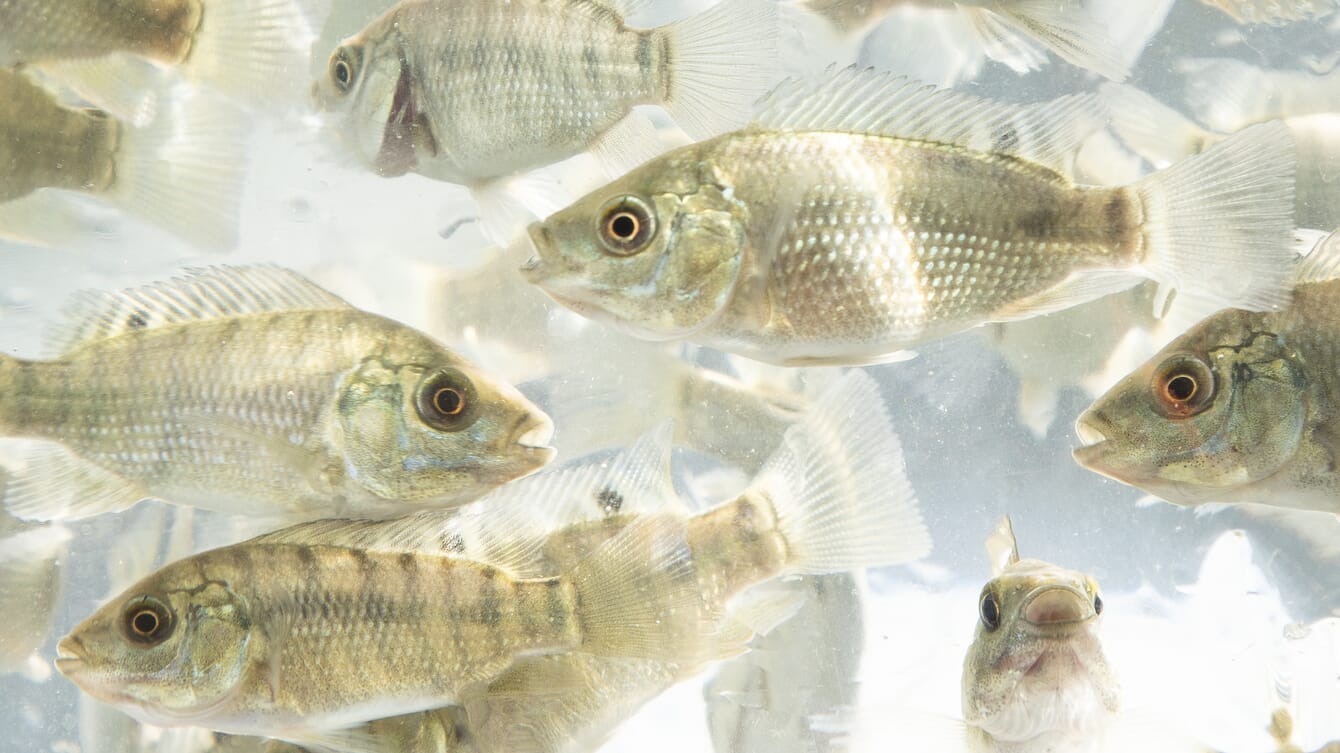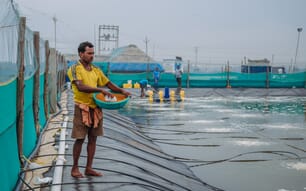
© GenoMar
Streptococcosis is one of the most important infectious diseases affecting tilapia aquaculture worldwide – causing reduced survival, downgraded product quality and lower profitability in tilapia enterprises.
According to GenoMar, in most parts of the world the only control measures farmers have is to make husbandry changes in their production systems – such as reduce feeding or increased aeration and water exchange.
Antibiotics are also commonly used and accessible for tilapia farmers. The number of approved aquatic antimicrobials is however extremely limited. The indiscriminate and inaccurate application of oral antibiotics for control of aquatic diseases is a growing concern for veterinary and public health authorities due to risk of developing anti-microbial resistance.
Vaccination strategies by intraperitoneal injection are gaining momentum within the most professional farmers. The uptake in Asian tilapia aquaculture, where small and medium scale farmers are the norm is limited due to requirements for a minimum size at vaccination of 10-15 grams and complex administration.
Preventive genetic strategy to control diseases
Breeding animals for higher genetic resistance to diseases is a promising innovation that has demonstrated its value in other livestock and aquatic species. In the case of breeding for Streptococcosis-resistance in tilapia, GenoMar claims the following advantages:
- Accessible to farmers of all sizes and has no barriers to adoption
- Lasts the entire life of the fish and genetic gain in resistance is accumulative over generations of breeding
- No cost of administration since the innovation is already inside the genetic makeup of the fish
“Genetically-resistant fingerlings will contribute to increased survival, increased feed efficiency, and better growth leading to higher net return,” said Marina Delphino, fish health and welfare manager at GenoMar Genetics Group, in a press release.
After five years of R&D work and field testing, GenoMar launched Streptococcosis-resistant tilapia in the Asian market in early 2021, under the name GenoMar Strong. The documented protection against Streptococcosis of 30-35 percent RPS (relative percent survival) was used in an economic break-even analysis. The results showed that genetically selected Streptococcosis-resistant tilapia fingerlings were profitable for farmers in both pond and cage culture systems where Streptococcosis is the production constraint.
“This study to perform the economic evaluation will help the farmers to understand the economic value of using genetically selected tilapia fingerlings for their production,” noted Rajesh Joshi, senior researcher in GenoMar Genetics Group.
The cost of buying Streptococcosis-resistant tilapia fingerlings is higher compared to standard fingerlings prices because R&D and phenotyping (measurement of observed physical traits) cost are higher. The study showed a significant higher return on investments in both ponds and cages with Streptococcosis outbreaks, even if the amount paid for genetically selected Streptococcosis-resistant tilapia fingerlings was double the amount paid for standard fingerlings. Even with low Streptococcus-related mortality (1-5 percent), the net profit is in favour of Streptococcus resistance fingerlings if the extra amount paid for resistant fingerlings over the standard fingerlings is up to 30 percent (Figure 1).

Break-even calculations (benefits ≥ costs) when Streptococcosis-resistant fingerlings prices and mortalities caused by Streptococcosis increases under pond and cage farming of tilapia in Malaysia. The green colours show the probabilities of break-even when the benefits (protection against Streptococcosis) are higher than or equal to the costs (extra price of buying genetically selected tilapia fingerlings resistant to Streptococcosis over the standard fingerlings). © GenoMar
“The direct economic benefits and costs of rearing disease-resistant tilapia are important for the farmers to consider. However, there are also social and environmental benefits of using the technology – such as improved overall fish resilience, reduced use of antibiotics, lower generation of mortality waste and higher resource efficiency. All these contributions will support the development of a more sustainable aquaculture value chain,” said Alejandro Tola Alvarez, CEO of GenoMar Genetics Group.



